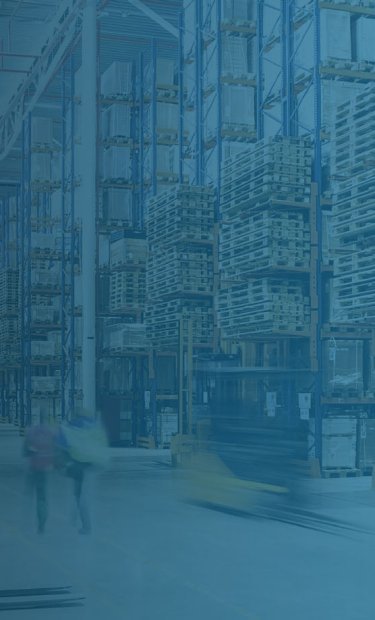
How can businesses improve Lean efficiency?
Applying waste-saving principles to any area of business outside manufacturing is called ‘Lean efficiency’.
How can companies increase their Lean efficiency?
“Lean efficiency” refers to the application of waste-saving concepts to any aspect of business other than manufacturing. The Lean efficiency sector has developed many tools – often drawing on the original Japanese methodology – famously including the 5S process.
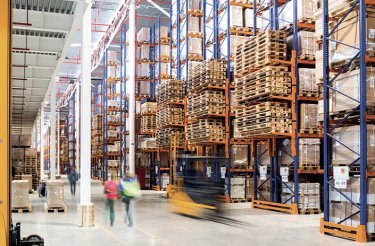
The 5S process for Lean efficiency
- Sort – remove an unnecessary items from the workplace, reclaiming space and recycling or disposing of detritus such as scrap, excess raw material and broken materials.
- Shine – thoroughly clean and maintain the sorted environment. This leads to earlier recognition of damage, wear and tear or necessary maintenance that could lead to slowdowns, breakages or production failures.
- Set In Order – this process is all about sorting and storing materials and equipment so workplaces are clearly defined and people and processes can operate at maximum efficiency.
- Standardise – standardising is all about integrating the first three processes into the workplace so that they become standard practice throughout the organisation
- Sustain – this can be the most difficult process to establish, because while management can often get the first three processes in place, this one requires behavioural change which can be much harder to establish, but Sustain aims to create a new way of working that makes a company lean and effective.
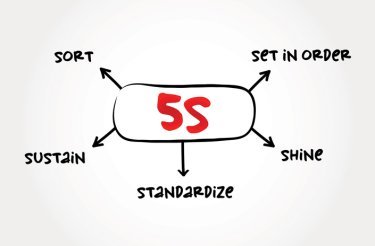
Why should businesses improve Lean efficiency?
While we tend to think of waste as material that is disposed of, in many businesses, waste is any effort or expense that doesn’t contribute to profit. So businesses that can eliminate waste are more efficient, more profitable and more environmentally friendly. Your company can eliminate waste with balers.
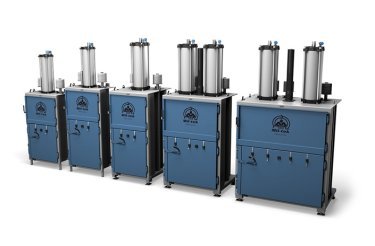
Lean efficiency can include unexpected cost savings such as:
- Recycling electronic equipment for further use, and reusing broken or outdated equipment for spares and repairs
- Creating circular economies so materials are kept out of landfill, which is a cost centre in itself.
- Reducing waste management costs
- Discovering savings in transportation and logistics through the 5S process, including reducing wear and tear and personnel costs
- Reducing defective production, which not only increases costs and reduces profits but also increases the cost of removing or repurposing defective materials, whether these are manufacturing items or intellectual property. Lean efficiency can be used as easily to reduce creative waste such as poorly developed concepts or weak ideas as it can to reduce poor quality products on an assembly line.
Once Lean efficiency has been established, waste should be reduced, mistakes eliminated, errors identified and customer satisfaction enhanced. This makes Lean efficiency a valuable goal for most businesses.
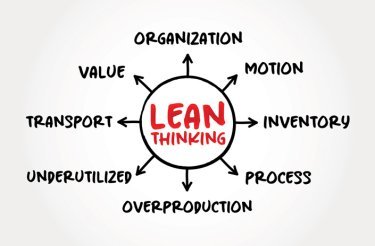
Do you have any questions?
Let us help you to find the answers to how your business can save time, space and money by handling your waste more efficiently.